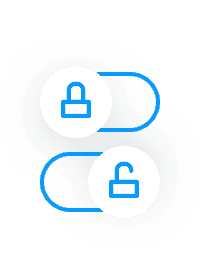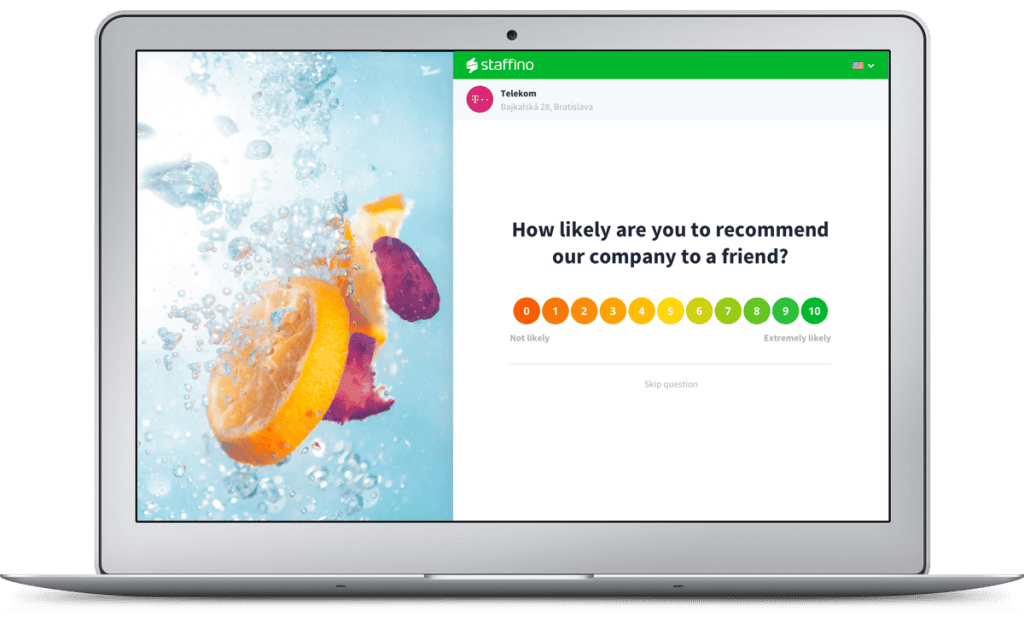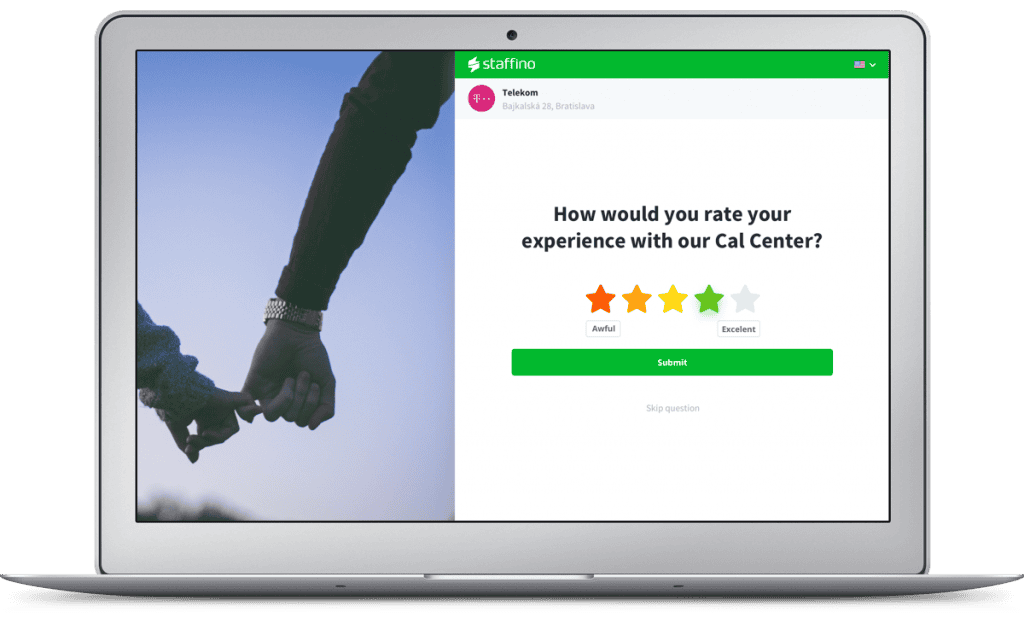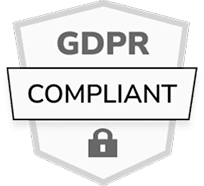Customer experience inherently becomes part of your brand – whether you manage it or not. It’s the basis on which customers decide whether or not to remain your customers, and it also influences potential customers to decide whether or not to become your client. In many cases, you can turn a one-time customer into a loyal one or, conversely, lose a long-time customer.
The most important step towards success is understanding what influences customer decision-making. The closer you are to the customer and perceive their needs and requirements. More likely you are to be able to satisfy them.
Having a long-term vision for the direction of your business and the development of your product or service, and blindly following that vision, could mean that success may never come – unless you listen to your customers. The most successful companies such as Apple and Facebook understood this long ago and know that it’s not them, but customers that influence and set trends.
Get to Know the Basic CX Metrics
If you think that customers buy from you because your product is the best, or that it’s because of great customer service, you may or may not be wrong. If you want to take your business further and become one of the most successful companies, you can’t just rely on sales results. Why did Apple become the technology market leader again thanks to the iPod and iPhone? Why did Nokia slip from being the mobile phone market leader to struggling to survive? There are multiple reasons, but one thing is certain. Apple consistently listens to customers and has been able to offer people what they were really looking for. While Nokia has not been able to provide a smartphone to their customers’ liking.
Finding out what customers need and how they perceive a particular company, its products, and services or staff, is the basis for the company’s future direction. To find out, which things you need to specifically measure and what metrics you should use, see the following overview.

Boost Customer Experience with NPS, CSAT & CES
Get the most accurate and actionable insights into your customer satisfaction with Staffino's CX metrics. With automated surveys and effective reporting, you can quickly gain valuable insights into your customer journey.
Basic CX Metrics
There are multiple metrics to measure customer experience. The standard is NPS (Net Promoter Score), CSAT (Customer Satisfaction Score), or CES (Customer Effort Score). Each metric tracks different areas of your business and choosing just one may not be enough.
NPS (Net Promoter Score)
This is a standard metric where we find out whether a customer would recommend our company. Or its particular service/product to their friends or colleagues and where from a 10-point scale the customer selects from 0 to 10 the likelihood with which they would do so. The scale is normally accompanied by a free text field where the customer can indicate the reason for their rating.

But what do these figures tell you? At first, it may not seem like much. The important thing is to measure NPS on an ongoing basis and compare how it changes over time. Whether it is getting better or worse. At the same time, there are benchmarks where you can compare your score to the average in your business area, country, or company size.
The NPS tells you about customer loyalty, but it also informs you that something might be wrong. Which you can learn specifically from the customer’s free-written text. However, this can be a problem with the large volume of data collected. In this case, you need to use artificial intelligence to analyze the text to uncover the most repeated topics or keywords. This helps you get a picture of why your customers are spending their money with you. Also, it can identify the reasons why a customer will no longer buy from you and work on those.
CSAT (Customer Satisfaction Score)
Similar to the NPS, there are benchmarks for the CSAT. The CSAT metric measures how satisfied the customer was with the service provided. These can be measured across all touchpoints (contact centres, mail communication, retail outlets, etc.).

CES (Customer Effort Score)
A lesser-used metric that reveals how much effort a customer has to make to resolve their request or purchase through a specific channel. This could be changing details or settings in the customer area website, resolving a complaint, or purchasing a product or service. It only makes sense to measure the Customer Effort Score when you are ready to work on improvements. Then you are willing to invest in improving processes or systems, and whether that investment will deliver a return.
Text Ratings
In addition to the standard metrics, it’s a good idea to allow the customer to express their feelings verbally in the form of text. The NPS question is normally followed by a follow-up question. In this case, the customer can express the reason for the score given. It is these texts that are the key to pinpointing problem areas and also identifying what you are really good at. You can ask the customer a free-form question at any time, and about anything – a product, a service, or a specific employee.
Progressive semantic text analytics systems help process large volumes of text data and identify, not only the most repeated topics but also determine the type and degree of the sentiment given by a specific customer in real-time. In this case, managers don’t have to wait weeks to process text feedback and can act immediately. They can receive customer retention rating alerts and resolve the case quickly.
My company doesn’t have a CX specialist, or a CX-focused department and I can’t afford it. Now what?
CX management or CEM (customer experience management) can be outsourced. Outsourced experts can quickly and efficiently start working on your customer experience. Measure it, recommend solutions to improve it, and analyze the effectiveness of their work and the return on your efforts and resources through continuous monitoring and reporting.









